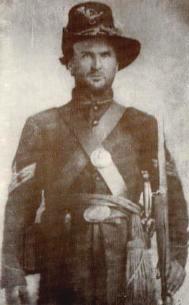ive seen many a farby drummer carrying their musican's saber into battle with them....ive had an argument on the authenticity of this with a few such drummers and they are convinced that their saber was a part of their uniform that they not only must carry but use in the field of battle...i must know...is this so?
thanks,
principal musician travis holdren 21st ovi
thanks,
principal musician travis holdren 21st ovi







Comment